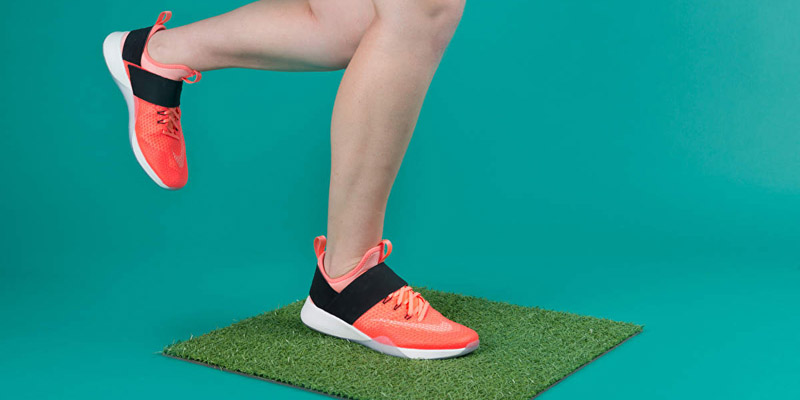
Medical footwear can be considered as a therapeutic shoe that assists in managing various foot-related issues, for example, arthritis, bunions & hallux valgus, plantar fasciitis, and Achilles tendonitis. Some medical shoes are manufactured considering the patients of diabetes and flat fleet. Medical footwear ensures the appropriate circulation of blood and improved support for the feet. The increasing concerns related to health because of the rising foot-related issues have supported the use of medical footwear among consumers.
Most of the foot-related problems require timely treatment to help solve other problems they may be leading to such as back pain, leg pain, or hip problems. One of the most effective solutions for these problems is the utilization of medical footwear which assists a person and decreases strain on specific areas of the foot. I am listing some of the major advantages of using medical footwear in the following paragraphs:
In the modern era, there are growing cases of various medical conditions among men such as diabetes. The rising cases of such diseases among men have supported the use of medical footwear among men. In major economies of the world, there are huge numbers of people who are diagnosed with diabetes every year. Moreover, men are more prone to diabetes as compared to women. Therefore, such factors support the utilization of medical footwear among men.
These days, the majority of women like to pursue various outdoor activities, running, climbing, and other adventure activities. These activities make women vulnerable to a different kind of knee pain and risk of injuries. To prevent these problems, the uses of medical footwear among women become widespread. Many well set-up companies have been concentrating on various innovative projects to offer suitable medical footwear to women consumers. One such medical footwear is 574S which is a performance-based shoe available for the women category. This shoe has water-resistant features and fresh foam midsoles to offer enhanced support.
Many organizations are manufacturing therapeutic shoes because they are an important part of a covered leg brace and are medically necessary for the suitable functioning of the brace. Oxford shoes are generally covered in these situations. Other shoes such as high-top, depth inlay, or custom-molded for non-diabetic, etc, are also covered because they are seen as an important part of a covered leg brace. Medically essential heel replacements, sole replacements, and shoe transfers are also covered for medical shoes that are an important part of a covered leg brace.
Inserts and other shoe modifications of medical footwear are an important part of a leg brace that are covered because they are medically essential for the appropriate functioning of the brace.
Medically essential food orthotics may be covered for diabetic members. These shoes are known to give benefits to diabetic patients. Therapeutic shoes (depth or custom-molded) along with inserts medically essential for patients with diabetes mellitus and any of the following complications that involve the foot are necessary: Poor blood circulation, foot deformity, history of pre-ulcerative calluses, history of previous ulceration, previous amputation of the foot or part of the foot.
Medical footwear is used to prevent or address issues of the bones, joints, muscles, tendons, and ligament of the legs and feet. Custom-made medical shoes are shoes created over exceptional modified lasts in agreement with remedies and specifications to accommodate gross or prominent foot deformations or shortening of a leg at any rate 1 and 1/2 inches or more.
Custom-made medical shoes might be essential when a doctor or podiatrist confirms that the seriousness of the foot condition is such that the lesser methods (e.g., inlay shoes, shoe modifications, and so on) cannot satisfactorily make up for the deformation or there is a leg discrepancy length at least of 1 and 1/2 inches long or more.
The above-mentioned factors are probably going to boost up the demand for medical footwear in the next few years. The Global Medical Footwear Market size is expected to rise at a market growth of 8.1% CAGR during the forecast period.